Science
Pathways

Explore the museum's bird collection. Learn how to help birds through citizen science.
View Pathway
There are 15 species of bats in BC. Which ones live near you? Find out how important bats are to people and the world we share with them.
View Pathway
Dive into the world of ancient deep-sea biodiversity hotspots called glass sponge reefs.
View Pathway
Almost 50 years ago a geologist found dinosaur fossils in northern BC. Today those fossils are in the Royal BC Museum collection. Curator of palaeontology Dr. Victoria Arbour studies those fossils. Find out about her exciting discoveries!
View Pathway
1In 1 playlists
Explore simple machines at the Royal BC Museum! Find examples of simple machines in the museum’s collections and galleries. If you can’t get here in person, you can find Royal BC Museum examples of simple machines here on the Learning Portal.
View Pathway
1In 1 playlists
For thousands of years, Indigenous people have shared the Great Bear Rainforest with wolves, eagles, sea otters, salmon and herring, as well as many other animals. It is the only home of BC’s provincial mammal, the Spirit Bear.
View Pathway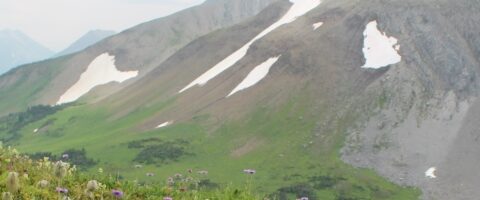
2In 2 playlists
British Columbia has high mountains. Lots of them. In fact, more than 12 per cent of the province is alpine tundra—land above the trees. The alpine tundra is a land of extremes. Trees can’t grow at such high elevations because of cold temperatures. The growing season is brief, and some areas are covered by snow…
View Pathway
In 2018 the Leahy-Langevin Collection of fossils from the McAbee Fossil Beds near Kamloops was donated to the Royal BC Museum. Explore images and video to learn more about these important fossil finds.
View Pathway
To celebrate its 100th anniversary, the Dominion Astrophysical Observatory (DAO) partnered with Royal BC Museum. Discover how this place of science helped the world understand astronomy and our place in the universe.
View Pathway
3In 3 playlists
More than 4,000 alien species have made their way to BC with human help, including most of the plants and animals that we eat.
View Pathway
4In 4 playlists
Learning about native plants can connect us to the places we live. Studying First Peoples’ uses of plants can teach us which native berries are edible and which are not.
View Pathway
2In 2 playlists
This pathway is especially for teachers who want to use object-based learning in the classroom. Includes lesson ideas and online support.
View Pathway
2In 2 playlists
Have you met the infamous Woolly mammoth at the Royal BC Museum? He greets visitors inside the entrance to the Natural History gallery. Woolly, as he is affectionately called by visitors and museum staff, is a replica of the largest animal to ever walk on this continent. Not everyone likes him. He has been known to frighten small children.…
View Pathway
1In 1 playlists
Marine invertebrates are animals without backbones that live in the ocean. These creatures make up most of ocean animal life. Learn about the incredible diversity beneath the waves.
View Pathway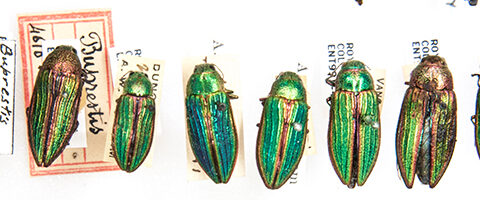
1In 1 playlists
The study of insects (entomology) is alive and well at the Royal BC Museum. Go behind the scenes to discover how we learn about the diversity of insect life in this province.
View Pathway
2In 2 playlists
Many people fear spiders but they are rarely harmful to humans and are important natural predators of insects. The spider collection at the Royal BC Museum strives to reflect the diversity of spiders in this province.
View Pathway
1In 1 playlists
The Royal BC Museum fish collection is varied and wonderful. Explore the astounding diversity of British Columbia fishes through the collection and scientific illustration.
View Pathway
5In 5 playlists
We're all in this together. An ecosystem is a natural community. When species disappear it can throw an entire system off balance, with far-reaching consequences for ecosytems, for the planet, and for us. What can we do about it?
View Pathway
3In 3 playlists
Some of the oldest fossils in the Royal BC Museum collection are some of the oddest looking too. Learn about the strange forms of early life on Earth.
View Pathway
5In 5 playlists
American botanist Mary Gibson Henry collected plants in northeastern BC in 1931. Her pioneering journey was recorded on film. Lucky for us, BC Archives has a copy.
View Pathway
2In 2 playlists
With all the choices for recording images these days, the art of illustration is still valued by scientific researchers. Explore the work of gifted biologist and illustrator Dr Hart.
View Pathway
2In 2 playlists
Listening for birds is a skill that takes patience and perseverance. Grace Bell used her skill and love of birds to record British Columbia bird calls and songs.
View Pathway
2In 2 playlists
Archaeology tells us that Indigenous people have been here a very long time. Evidence such as artifacts, house remains and animal bones are held in the Royal BC Museum collection.
View Pathway
2In 2 playlists
The mammal collection is as diverse as the mammals of BC. Mammal specimens at the museum are preserved, stored and made available for research.
View PathwayMedia

Grayscale – Amazing Adaptations Scavenger hunt
Read
Meet the Mammoth
Read
Dinosaurs! Adaptations and Habitats
Read
Investigating Insects
Read
Amazing Adaptations
Read
Insect Vocabulary List
Read
RBCM_InvestigatingInsects_parts_cutout
Read
Les machines simples FR
Read
Plantes indigènes
Read
Great Bear Worksheets
Read
Amazing Adaptations Scavenger hunt
Read
Great Bear Rainforest Colouring Pages (1)
Read
buster
Read
boxactivitywithlogo
Read
Vocab List
Read
Buster Bone Search Worksheet FINAL
Read
Dinosaur Lesson Plan FINAL
Read
Bird Citizen Science Lesson
Read
Bird Beak Adaptations Worksheet Answers
Read
Bird Beak Adaptations Worksheet
Read
Dinosaur Dice
Read
Buster colouring sheet
Read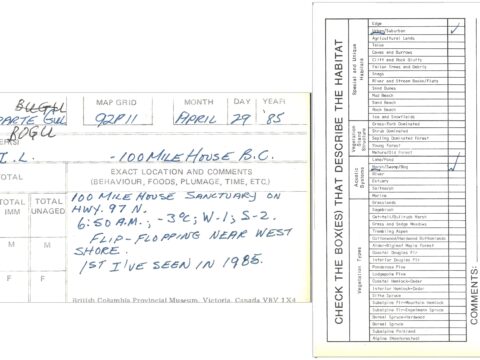
Citizen Science Card
Look
Pesticide Use
Look
Completed Study Skin
Look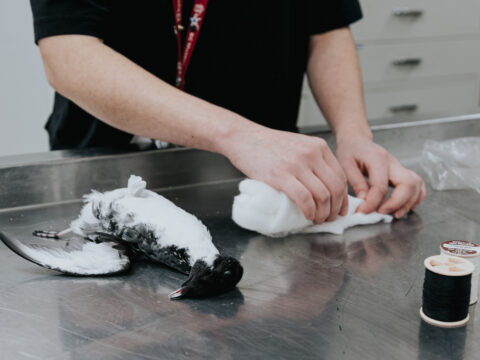
Final Stitch
Look
Tissue Collection
Look
Skinning
Look
First incision
Look
Data Collection
Look
Study Skin
Look
Invasive species
Look
Taxonomy
Look
Catalogue
Look
Climate Change
Look
Overhunting
Look
Competition
Look
Land development
Look
Cat kills and Window Strikes
Look
Crossbill
Look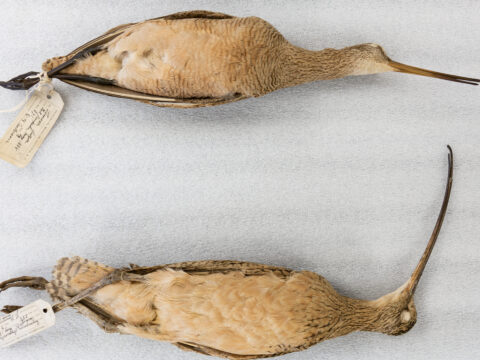
Shorebirds
Look
Tubenose
Look
Smallest Bird
Look
Largest Bird
Look
Melanin on Wingtips
Look
Melanin in Feathers
Look
Blue Colour
Look
Colour Pattern
Look
Spotted-Bat-video-Educator-Resource
Read
Fiche-ressource-de-lenseignant-Video-de-loreillard-macule
Read
Yuma Myotis
Look
Townsend’s Big-Eared Bat
Look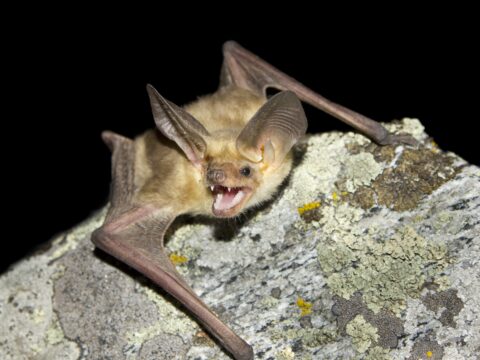
Pallid Bat
Look
Long-Legged Myotis
Look
Little Brown Myotis
Look
Hoary Bat
Look
Dark-Nosed Small-Footed Myotis
Look
Californian Myotis
Look
Big Brown Bat
Look
Fringed Myotis
Look
Wing Structure
Look
Radio Transmitter
Look
Mark and Recapture
Look
Diseases
Look
Roosting and Hibernation
Look
Baby Bat
Look
Drinking Water
Look
Bat Ears
Look
Pallid Bat in Flight
Look
Woolly Drawing
Read
Spotted Bat video Educator Resource
Read
Fiche-ressource de l’enseignant-Vidéo de l’oreillard maculé
Read
Fiche-ressource de l’enseignant-Vidéo de la mygale du Pacifique
Read
Pacific folding door spider video Educator Resource
Read
Fiche-ressource de l’enseignant-Vidéo du dinosaure des montagnes
Read
Ferrisaurus Video Educator Resource
Read
Mountain Dinosaur of BC
Watch
Mot Croisé Archéo (FR)
Read
Apprentissage par l’observation d’objets (FR)
Read
Plantes Indigènes (FR)
Read
Modele de sachet de graines FR
Read
Apprentissage par l’observation d’objets (FR)
Read
Archaeology-Fieldwork-Crossword-EN
Read
Mot Croisé Clé FR
Read
Mot Croisé Archéo FR
Read
Crossword Answers
Read
Mot Croisé Archéo (FR)
Read
Mot Croisé Clé (FR)
Read
Mot Croisé Archéo (FR)
Read
Crossword Answers (EN)
Read
Archaeology Fieldwork Crossword (EN)
Read
Amazing Adaptations Worksheet
Read
Oligocene Whale Rib
Look
Whale Vertebrae
Look
Fossil Thoracic Vertebra
Look
Student Fossil Photography
Look
Whale Evolution
Read
Birds of a Feather
Read
Resources for Southern Resident Killer Whale Information and Activities
Read
Resources for Southern Resident Killer Whale Information and Activities
Read
Resources for Southern Resident Killer Whale Information and Activities
Read
Orcas Educator Resource Guide
Read
Orcas Debate Activity
Read
Seed Package Template
Read
LP Activity Plan Debate.docx
Read
Rock Bass G Hanke
Read
Lamprey G Hanke
Read
Flounder G Hanke
Read
Broad Whitefish G Hanke
Read
Brassy Minnow G Hanke
Read
Plant Walk on Protection Island
Read
Prefix & Suffix List
Read
Buster Colouring Sheet
Read
Backyard Bingo
Read
Grey Wolf Colouring Sheet
Read
Prefix & Suffix List
Read
Suffix
Read
Prefix 2
Read
Prefix 1
Read
This Week in History – Season 8 Episode 11: The Fascinating World of Sponges
Watch
Q and A with H Reiswig
Read
Glass Sponge Reef Communities
Read
Q and A with Sarah Cook
Read
Biology of glass spongesFINAL
Read
Dinosaur Curriculum Connections
Read
This Week in History: Season 7, Episode 20: Marine Protected Areas on BC’s West Coast
Watch
FINAL_RBCM_Simple_Machines_Flatsheet
Read
Simple Machines Lesson Plan
Read
The Journey of a Fossil
Watch
Listening for Birds Primary Lesson Plan1
Read
Species at Risk Secondary Lesson Plan
Read
Something Fishy Lesson Plan
Read
Native Plants Lesson Plan
Read
Curriculum Connections
Read
Collecting
Look
Plant Extractor
Look
Scenic Workspace
Look
Tiny Botanist
Look
Beringia
Look
Growing close to the ground
Look
Something Fishy
Read
Lesson Plan Native Plants
Read
Edible Plants
Watch
Physa des Chaud
Read
2017caleopteryx a taches apicales
Read
Gentiane Delicate
Read
2017 caribou de bois
Read
Woodland Caribou Mini Museum 2017
Read
Slender Gentian Mini Museum 2017
Read
River Jewelwing Mini Museum 2017
Read
Hotwater Physa Mini-Museum
Read
From Insects to Abstraction
Read
From Insects to Abstraction – Georgia Okeefe
Read
Species at Risk Trailer Visits Fort St. John
Watch
Mammoths and Mastodons Titans of the Ice Age Educator Guide
Read
Children’s Non-Fiction Animal Books (RBCM)
Read
Predator v. Prey Trailhead styled
Read
Changing Landscapes Trailhead styled
Read
